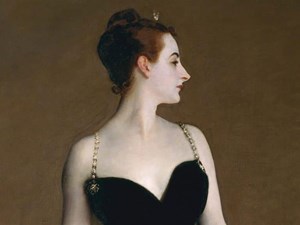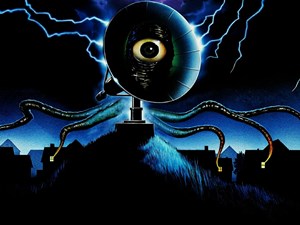Painting the Paradise Garden
The gardener and the painter have a lot in common. Both gather inspiration from the world around them, striving to transfer an idea in their heads into the real world. Both get mucky clothes and dirty hands, as they fervently tweak, trim and adjust their work to create an aesthetic world of their own.
In the nineteenth century, hobby gardening had a revival, as more people could afford to spend time and money on making a slice of paradise on their own land. At the same time, artists were letting go of old ideas about what should be painted and by who, and finding beauty in the simple things again, such as the great outdoors. In the latter half of the century Impressionist art took Europe by storm. Amongst the leaders of this movement was a French pioneer in painting en plein air (outdoors), Claude Monet.
Monet rose through the art academies causing little stir, until he began to paint landscapes in the northern French countryside. In 1890 he bought a house in Giverny and designed and built an extensive garden, expanding into neighbouring properties and constructing his famous water lily pond and Japanese footbridge. Monet’s garden was designed to be painted. He put flowers together based on their colours and brought in foreign varieties that would make for more interesting subjects. He created a paradise for himself in his home, and, by painting it, created windows into his garden so that it could be shared with the world.
A few years later, another French painter, Henri Matisse, painted another paradise garden. Matisse was a principal figure in the Fauvist movement, and he favoured strong emotions and colour over Monet’s peaceful and realistic landscapes. In 1906 he painted Le Bonheur de Vivre (The Joy of Life) which is now considered to be one of the pillars of early modernism.
Monet created a beautiful, physical garden that could be faithfully recreated, but Matisse’s garden was not bound by any such rules. The pasture of The Joy of Life sits underneath a pale pink sky. Trees with orange, pink, and blue leaves cast shade over the yellow grass, where nude figures dance, relax and play musical instruments. There are no identifiable plants in Matisse’s garden, only bold colours and a simple, joyful feeling.
Watch Exhibition on Screen: Painting the Modern Garden at Showroom Cinema on 27 February and 3 March /eosmoderngarden



